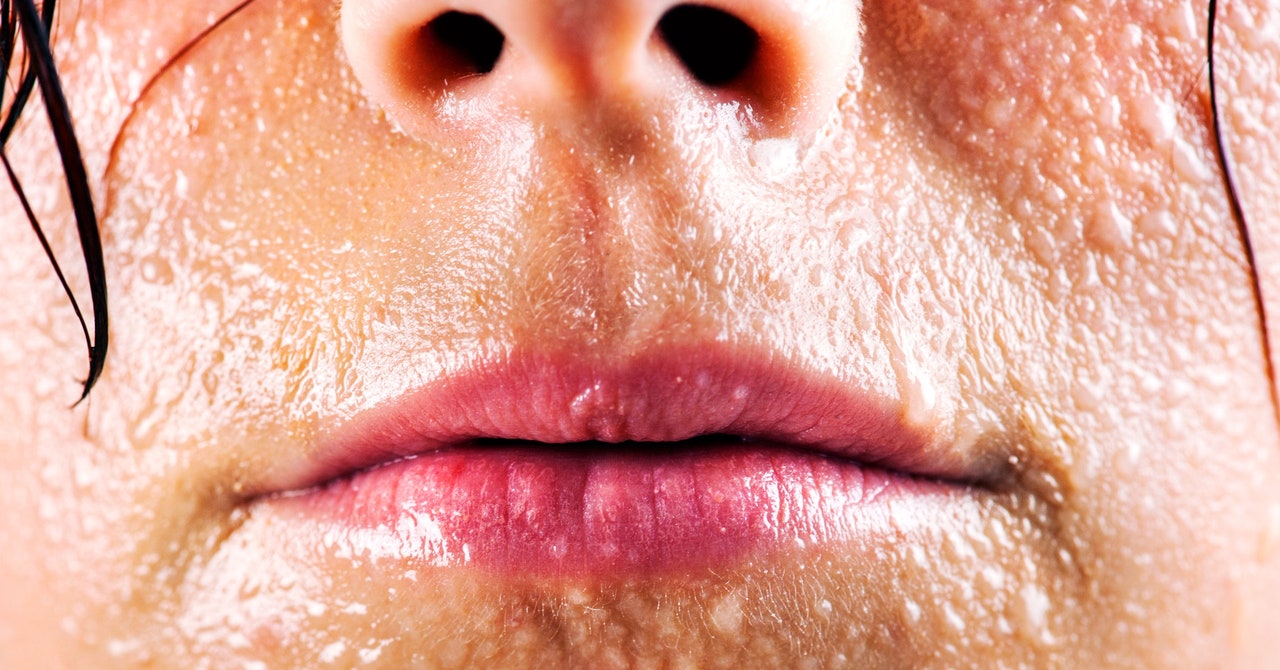
The marketing campaign was a lasting success, even a century later. Last year, the global deodorant market was valued at $24 billion, and it’s on track to grow to $37 billion by the end of the decade, in part because of global warming, according to the market research firm Fortune Business Insights.
Today, some cultures are more matter-of-fact about sweat than others. In Pakistan, it’s simply a fact of life, Saeed said. Still, excessive sweating is frowned upon basically everywhere. “What can save you is not culturally accepted,” said Mora, the University of Hawaiʻi scientist. “I cannot imagine anywhere in the world where you would like to be hugged by a sweaty person.”
How sweaty you are isn’t in your control—but what you wear is. Hot, humid climates call for more exposed skin, making it easier for your sweat to evaporate; perhaps counterintuitively, loose, long sleeves and pants help you reap the benefits of sweat in arid climates, keeping the water from evaporating too quickly and at the same time blocking sunlight. Konrad Rykaczewski, a professor of engineering at Arizona State University, is researching how to help design clothing that maximizes the effectiveness of sweating. He says scientists still don’t understand a lot about sweat on the scale that really matters for clothing design.
“The question is, how much of the sweat we produce actually goes to cooling us?” Rykaczewski said. Sweating profusely isn’t helping anyone—sweat that drips off your forehead is essentially wasted water, since it didn’t evaporate off you. By the same token, trapping a bunch of sweat underneath a hazmat suit could leave you susceptible to heat illnesses. Counterintuitively, even fabrics that wick sweat can end up stealing it away from your skin and wasting it, Rykaczewski said. When that water evaporates, it will cool the fabric and the air between the fabric and your skin, instead of your body directly.
Rykaczewski’s research is focused on understanding how heat affects the human body in the real world, something that’s difficult to study. “No one’s measuring someone that’s going to get heatstroke, right?” Rykaczewski said. “That’s not ethical.”
So, in place of live humans, he and his colleagues at Arizona State have developed a sweating robot, technically called a “thermal mannequin,” that simulates human responses to super-hot temperatures. The robot—named ANDI for “Advanced Newton Dynamic Instrument”—takes frequent trips into the sizzling Arizona heat, equipped with sensors and an internal cooling system, as well as pores for sweating. One invaluable thing about ANDI is that it can represent anyone. Rykaczewski can modify the program to simulate how a person might weather the heat, calculating how factors like age, body size, or drug use might affect the body’s response in different situations. And it all comes at the low cost of $650,000. “We basically are developing the most expensive way to measure heat impacts on humans,” Rykaczewski joked.
ANDI is essentially a crash test dummy for a hotter planet. Our bodies are up against heat that threatens to render our dampness useless. Humans have been sweating for hundreds of thousands of years, and it’s core to who we are. But to truly understand it? For that, we needed to build a robot.
This story is part of Record High, a Grist series examining extreme heat and its impact on how—and where—we live.

